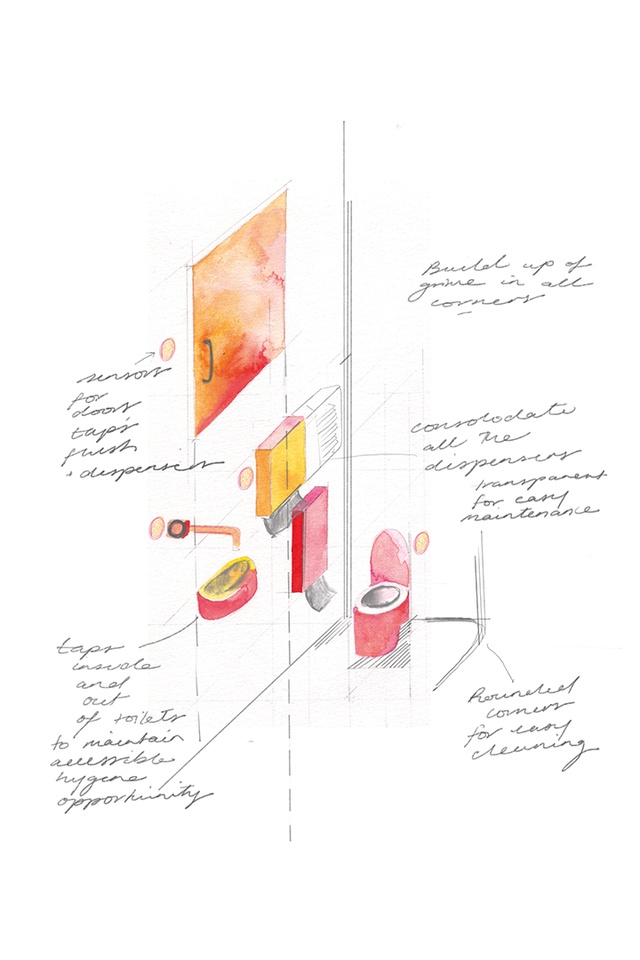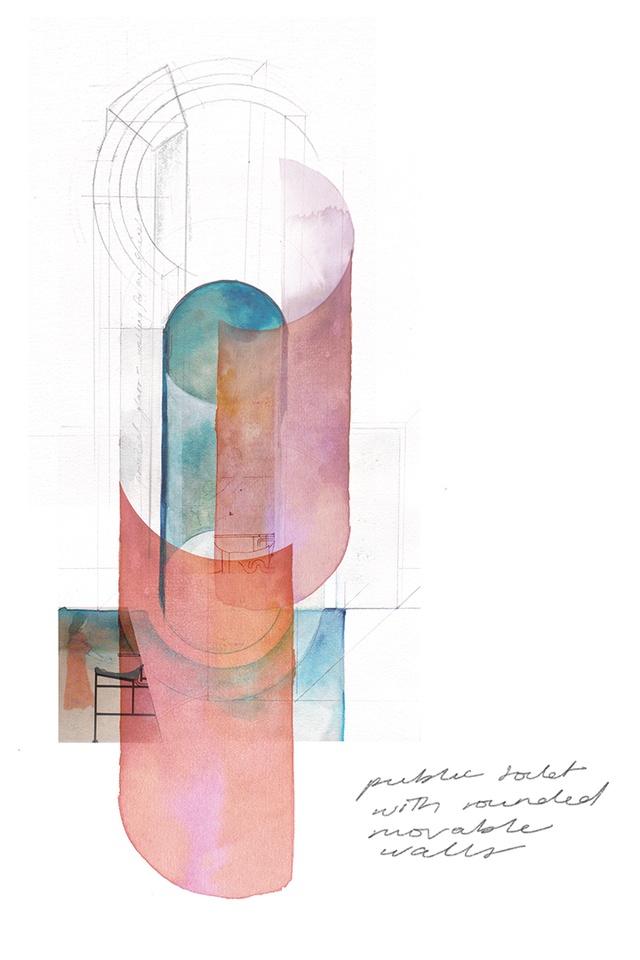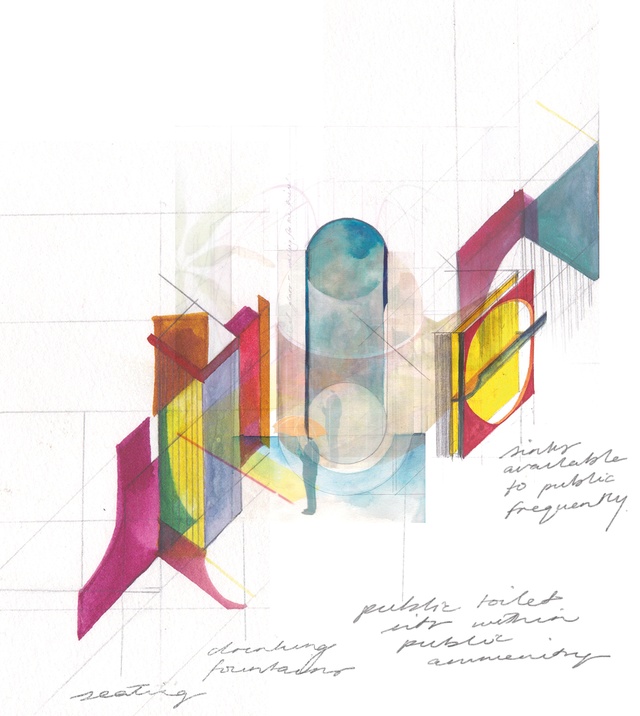COVID consciousness: Keeping it clean
The pandemic has raised a collective anxiety about how to share public spaces – an anxiety heightened in the most intimate of settings: the public toilet. Sarah Bookman examines how our ability to measure hygiene through sight and smell has been challenged, leading us to question our intuition.
Even before COVID-19, public toilets were threatened with closures. Often an undervalued part of our social infrastructure, they are poorly maintained and poorly designed. As designers, we must bear some of this responsibility.
Public toilets were closed during lockdown and, at the time of writing, continue to be shut during Level 2, limiting the use of shared spaces and the ability for people to travel further than their homes’ ‘bladder leash’. This exemplifies the significance of these public amenities; they are critical to how people move around cities and spaces, providing sanitation opportunities for everyone.

The Taxpayers Union argued in 2018 that public toilets should be closed, and cafés and restaurants provided a fee for use of their bathrooms. This presents toileting as a consumerist act, instead of a human right. Public toilets provide sanitation to people who depend on them and a global pandemic has exposed how fragile a system can be if it doesn’t provide access to sanitisation spaces for society to be healthy and well.
Rethinking how we use these spaces in a post-COVID-19 world is paramount. The World Health Organisation has released guidelines for handwashing, including using a paper towel to turn off the tap. These guidelines are a short-term solution and signal issues with intuitive design principles. It is design that shifts responsibility for cleanliness and hygiene onto individual users. How trust can be designed into these spaces presents an exciting opportunity to revolutionise this architecture, interrogating a habitual practice.

Reimagining the public toilet can be distilled into two design approaches: retrofitting the existing design or reinterpreting their design altogether.
Retrofitting draws on the growing literature emerging from this crisis by interrogating existing designs to enable the least amount of contact as possible. Solutions include spacing out interior layouts of cubicles and urinals, integrating sensors and using different materials. The Auckland School of Architecture and Planning’s Bill McKay recently discussed alternative door handle designs that use different body parts to work them, as well as copper as an antibacterial surface.

Reimagining public toilet design is a challenging design opportunity. It exposes the complex considerations of a simple space layered with cultural, social and historical associations. The physically private nature of the toilet manifests itself through private feelings and attitudes toward it. Opening up conversations about this can be an uncomfortable but important design exercise.
Evaluating public bathroom use can be interrogated at every step; developing how it can be designed through a Covid lens, while also considering greater implications such as accessibility, gender and cultural considerations. Breaking down each action: from entering the bathroom, what you do, and what you touch and exit.

The design implications range from:
•Product design – squatting toilets/female urinals
•Self-cleaning pans and surfaces – as features that the user can hear and see
•Space layout
•Materials
•Seamless junctions of walls and floor
•Rethinking toilets as spaces altogether
Doing this design exercise myself, I have tried to reimagine a public toilet as movable and transient, just like its users. I have explored the idea of a space dictated by rounded panels, circulating through a column, which would clean them and also act as a cleaning mechanism for the cubicle itself, projecting cleaning solution to the interior.

Reimagining public toilets raises the opportunity to consider how these places feature in our public environments. These amenities have the opportunity to integrate into the fabric of a city and allow for additional public amenity to surround them, for example by providing drinking fountains, hand basins, seating for the public and amenity for breastfeeding. The public toilet is an opportunity for local councils to serve the public and show their understanding of their needs. Imagine a city where you didn’t need drinking bottles because you trusted that fountains were frequently available?
There is no one design solution, however, opening up the conversation and exercising design sensibilities allows innovation to progress. We have the tools to create safe, accessible and hygienic spaces where we can craft ‘trust’ back into the public realm. It is empowering that, as designers, we have this opportunity where we can make meaningful changes to ensure a safer public experience. These changes can use innovation to break previously unbreakable habitual modes that, in a post-pandemic world, people are more likely to listen to.









